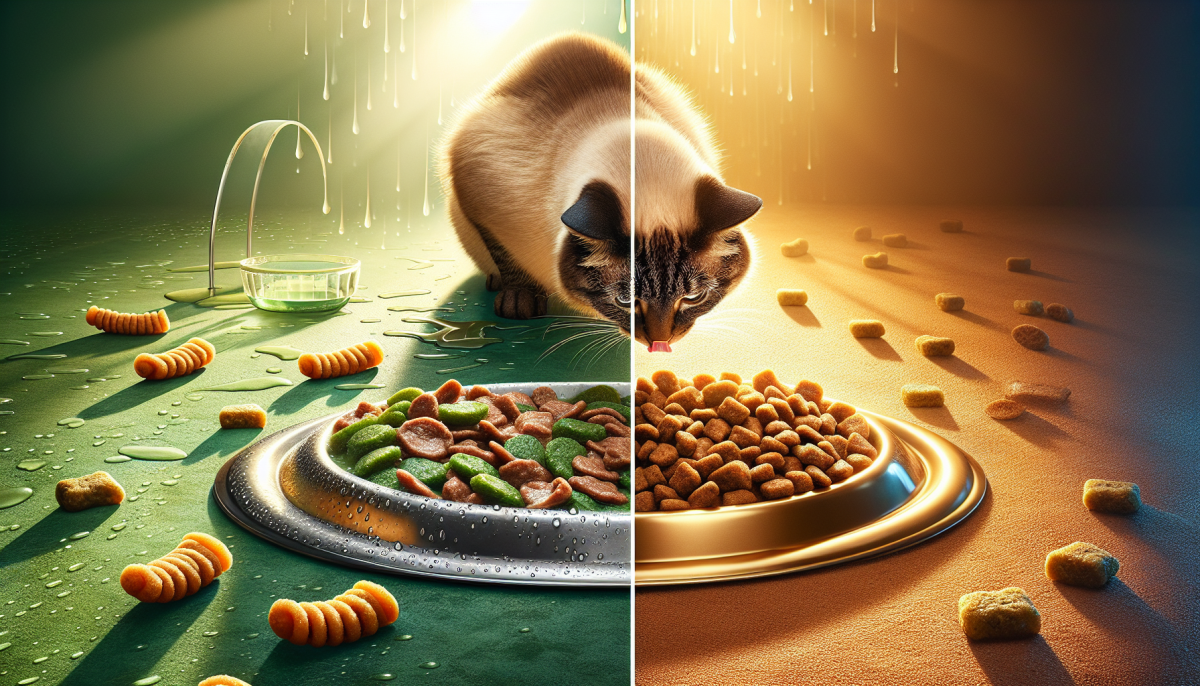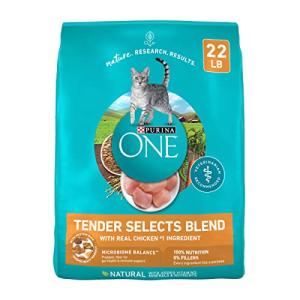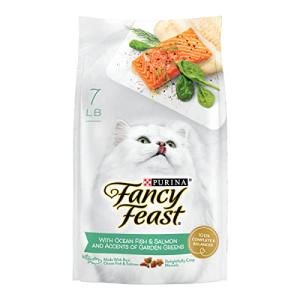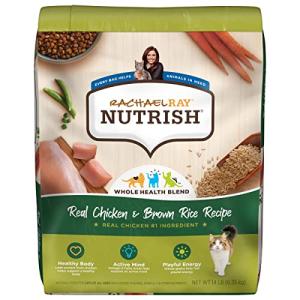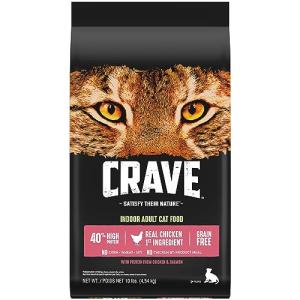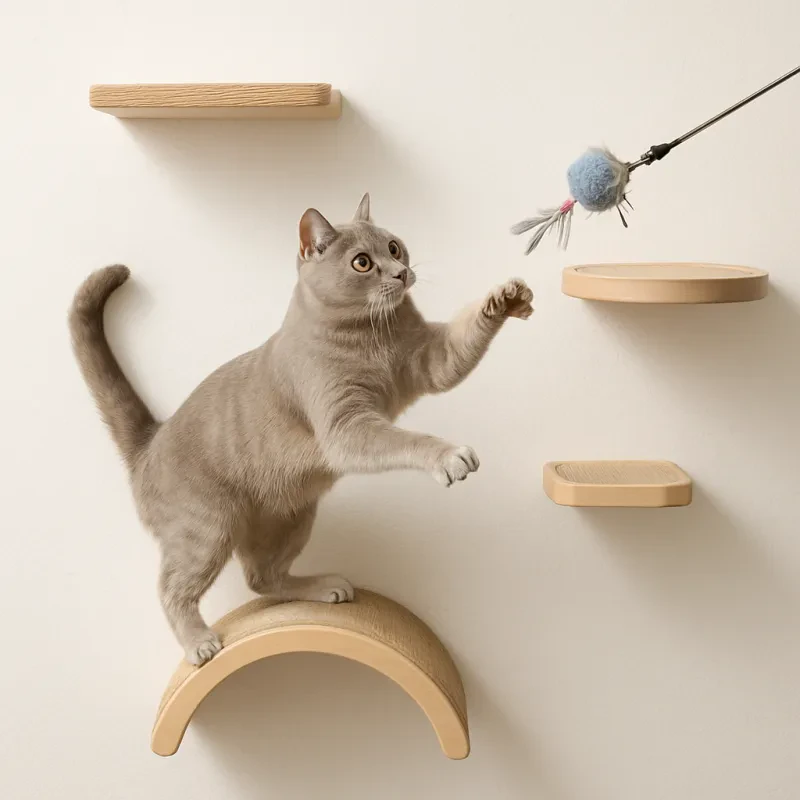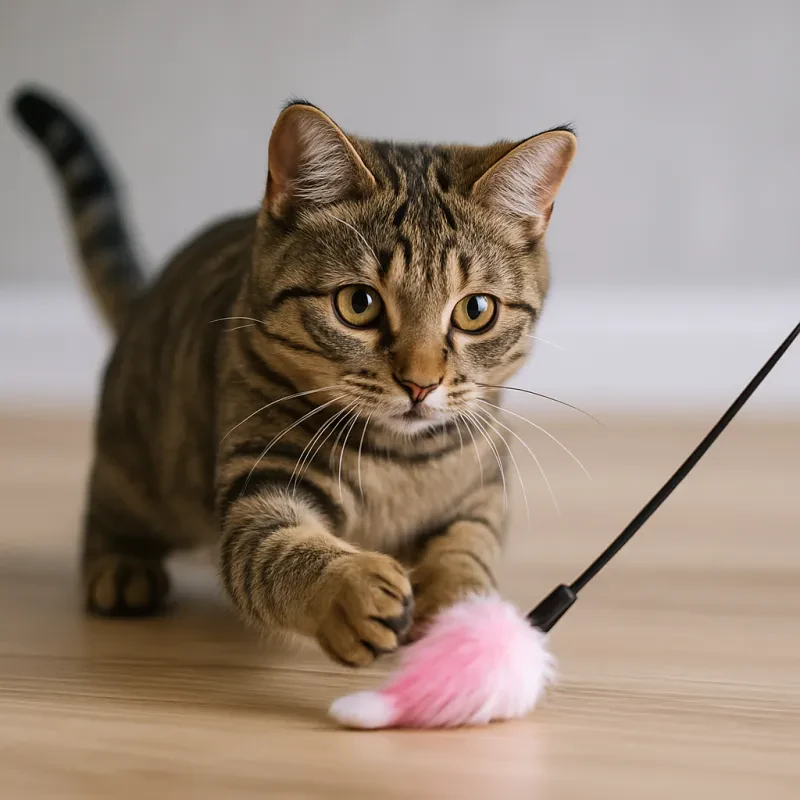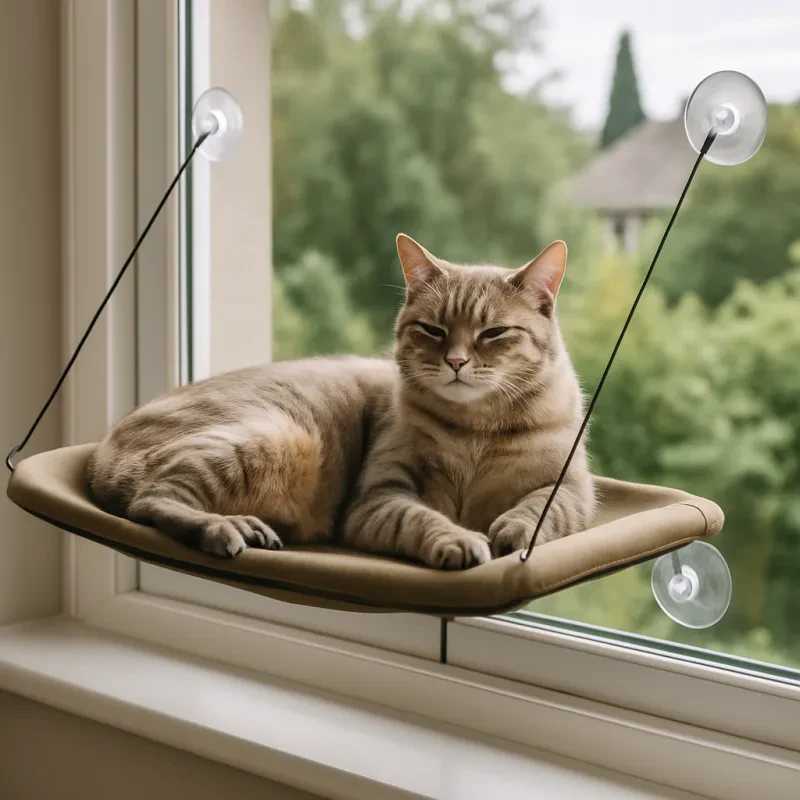In the world of pet nutrition, pet owners have a big decision: what to feed their beloved cats. Should they opt for wet cat food or dry cat food? It can be a difficult choice, and one that requires consideration of the unique dietary needs of cats. In this article, we'll look at the benefits and drawbacks of each food type, to help pet owners make an informed decision when it comes to feeding their cats.
II. History of Wet and Dry Cat Food
The history of cat food dates back almost to ancient times. In ancient Egypt, cats were sometimes fed bread, milk, and even fish. In the Middle Ages, people began feeding cats specially prepared foods made of cereal, lard, and natural ingredients.
In the late 1800s, the first canned cat food was created. Since then, dry cat food was also added as another option. Dry cat food was convenient to store and also didn't require refrigeration. The introduction of dry cat food made it convenient for cat owners to feed their cats.
Over the years, pet food companies have continued to innovate pet food. Different types of dry cat food and wet cat food began to appear on the market. Wet cat food was found to have more moisture and thus more nutritional value than dry cat food. Today, wet and dry cat food are available in a variety of flavors and formulas to suit the dietary needs of cats of all ages and sizes.
III. Benefits and Drawbacks of Wet Cat Food
When looking at wet cat food, there are several benefits that come along with feeding it to your cat.
- High Water Content: One of the major advantages of wet food is that it has a much higher moisture content than dry food. This water content helps keep your cat hydrated, especially if your cat does not drink enough water on their own.
- High Animal Protein Content: Wet food typically contains a higher percentage of animal proteins than dry food, which is essential for cats' diets. This helps ensure that your cat is getting the protein they need for a healthy diet.
- Easy To Serve: Wet food is easier to serve than dry food since it can come in cans or pouches, making it a quick and convenient option for busy pet owners.
However, there are also some drawbacks to feeding your cat wet food.
- Expensive: Wet food typically costs more than dry food, making it a more expensive option for pet owners.
- Lack of Variety: Wet food typically comes in fewer flavors and varieties than dry food. This can make it difficult to find ones that your cat enjoys.
- Risk of Bacterial Contamination: Wet food can increase the risk of bacterial contamination due to its moist environment. This is why it is important to refrigerate it after opening and discard any leftovers that are more than a few days old.
IV. Benefits and Drawbacks of Dry Cat Food
Dry cat food is often considered one of the most convenient and economical ways to feed your cat, as the kibbles can easily be left out in a bowl for your pet to snack on throughout the day. Due to its longer shelf life and ease of storage, it’s often the most popular choice for pet owners.
Benefits:
- Has a longer shelf life and can be left out without spoiling
- This type of cat food is usually cheaper
- Dry food provides a crunchy texture and helps keep your cat’s teeth clean
- Often contains more dietary fiber, which can help minimize hairballs and aid digestion
Drawbacks:
- Can be harder for cats to eat and digest
- Dry cat food may be lacking in water content and nutrition
- It may not be as palatable as wet food and so cats may be less likely to eat it
V. Nutritional Comparison
When it comes to evaluating the nutritional content of wet and dry cat food, there are some commonalities and some major differences between the two.
Overall, wet cat food tends to be higher in protein, moisture, and calories than dry food. It is also typically lower in carbohydrates and fats. Dry cat food is often higher in carbohydrates and fats, as it is heavily processed. In addition, wet food is typically richer in certain nutrients, such as phosphorus, zinc, and iron.
The amount of moisture in wet food also promotes a healthy urinary tract for your pet. Ultimately, moist food is thought to provide a fuller and more balanced nutrition profile for cats, as it contains a higher variety of nutrients.
When comparing wet and dry cat food, it’s important to take into consideration the specific needs of your pet. Factors such as age, activity level, weight, and any special dietary needs should all be considered when deciding which type of food is best for them. All in all, both wet and dry cat food can provide a complete and balanced nutrition for your cat, as long as you are proactive and read labels to check the nutritional content of each type.
VI. What Type of Cat Food is Best
Choosing the best type of cat food depends on a number of factors. You'll need to determine what type of nutrition your cat needs and how much you can afford to spend. In general, wet food is more expensive than dry food and contains more moisture, which gives cats additional hydration, and offers a taste that cats prefer. Dry food can cost less and can be beneficial if you are managing your cat's weight, as it contains less fat and calories. Ultimately, you should consult with your veterinarian to determine the best type of cat food for your furry friend.
VII. Frequently Asked Questions
Q: Is wet food better for cats than dry?
A: Wet cat food can provide more moisture and hydration for cats than dry food, which can be important for cats who have medical conditions such as kidney disease or diabetes. However, both wet and dry food offer complete and balanced nutrition for your cat, and both have their place in a healthy diet.
Q: What is the difference between canned and wet food?
A: Wet cat food is typically sold in pouches or cans. Canned wet food usually contains more moisture and a higher amount of animal protein than pouch food, but it can also contain more additives and preservatives than pouch food. Both types of wet food can provide an excellent source of nutrients for your cat.
Q: How much wet food should I feed my cat?
A: The amount of wet food to feed your cat depends on their age, breed, size, and activity level. Generally, cats should be fed up to 2.5 cans of wet food per day, split between two meals.
VIII. Conclusion
In conclusion, the decision of whether to give your cat wet or dry food depends on the individual health of your cat. Wet food can provide cats with more benefit in terms of moisture intake, while dry food can make mealtime more predictable and less messy. Ultimately, the best way to decide is to consult with your veterinarian as they will be able to give you advice based on the individual needs of your cat.
